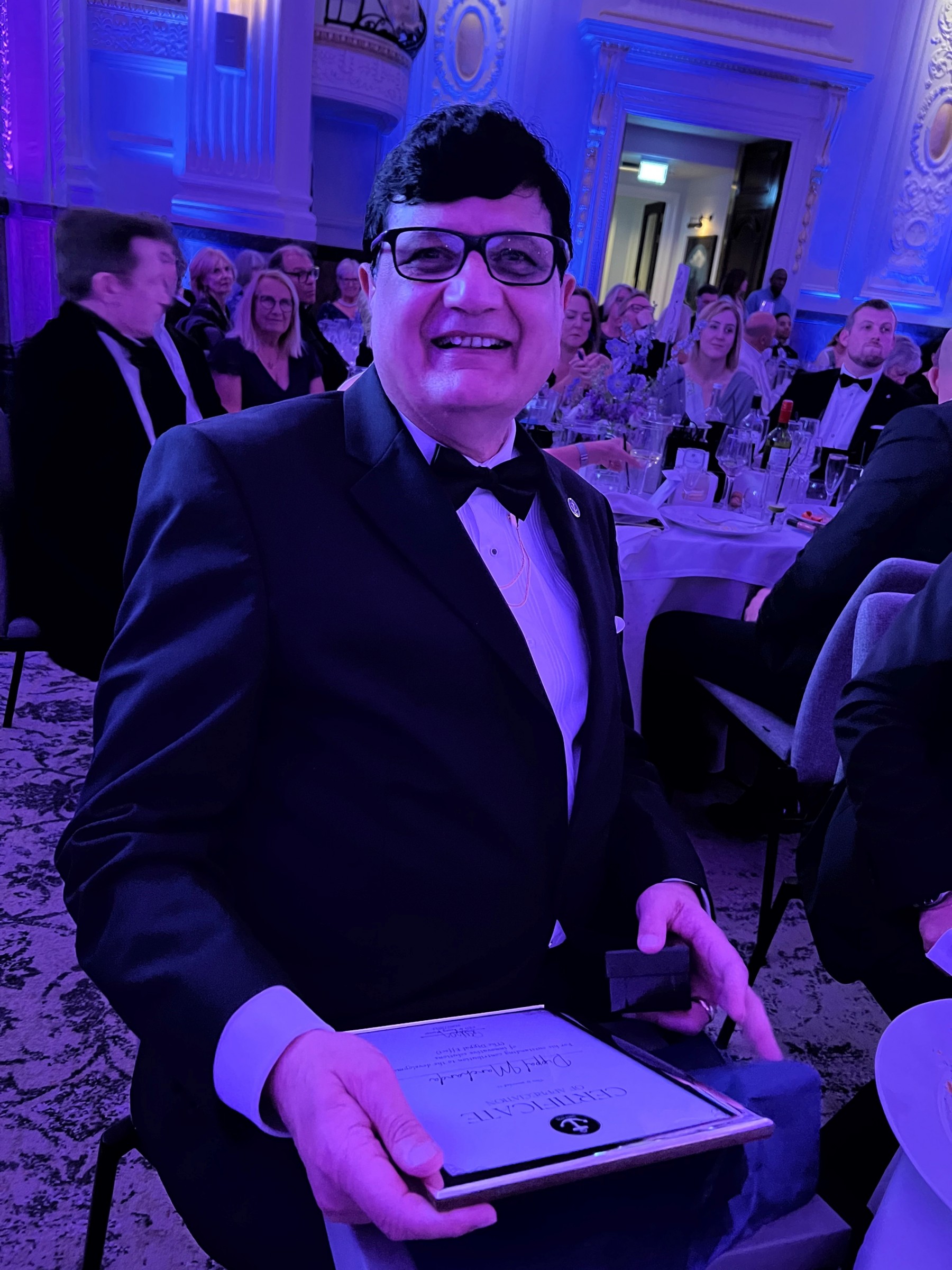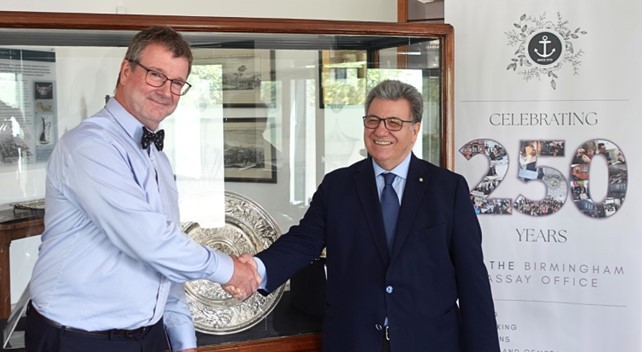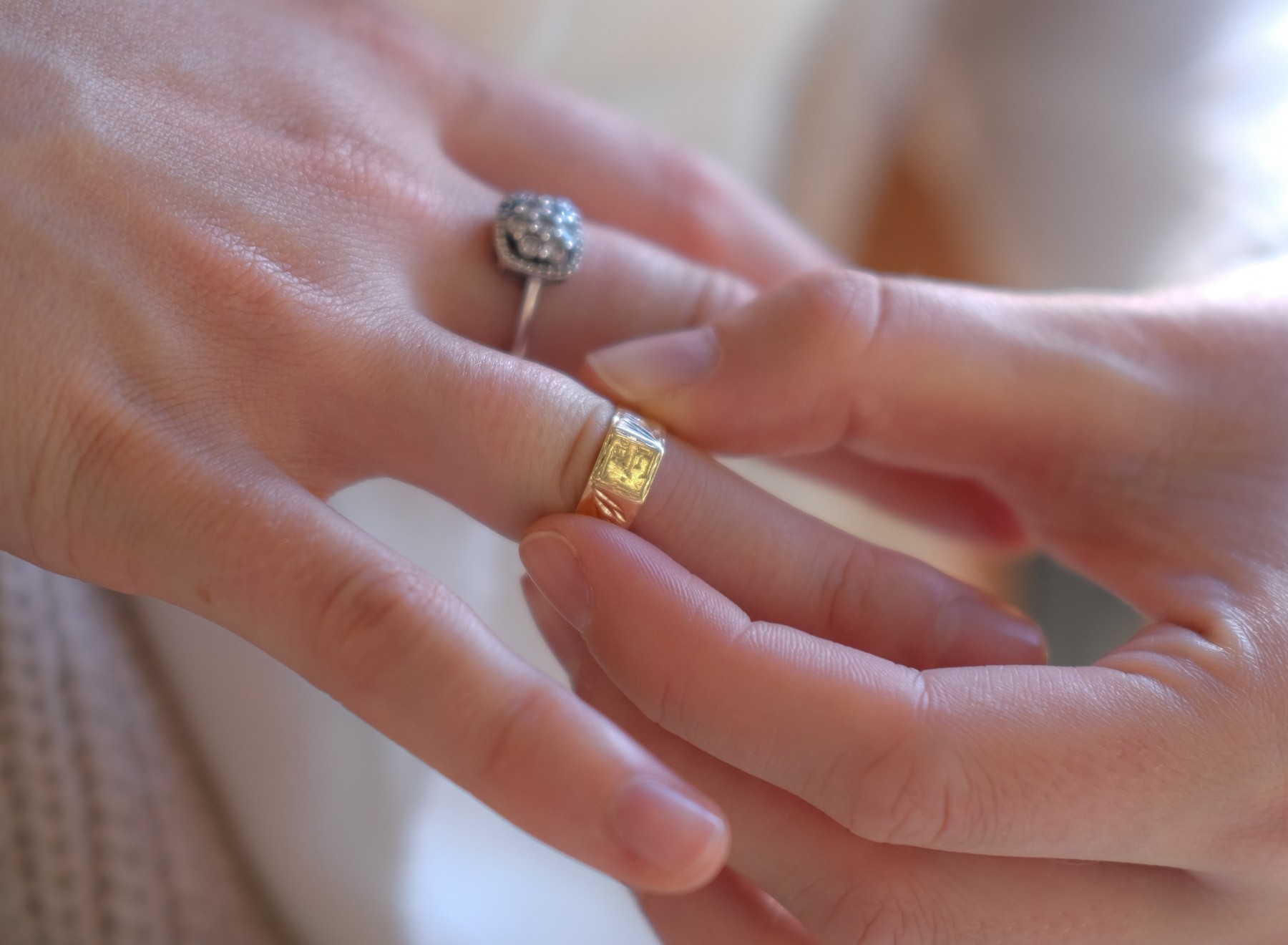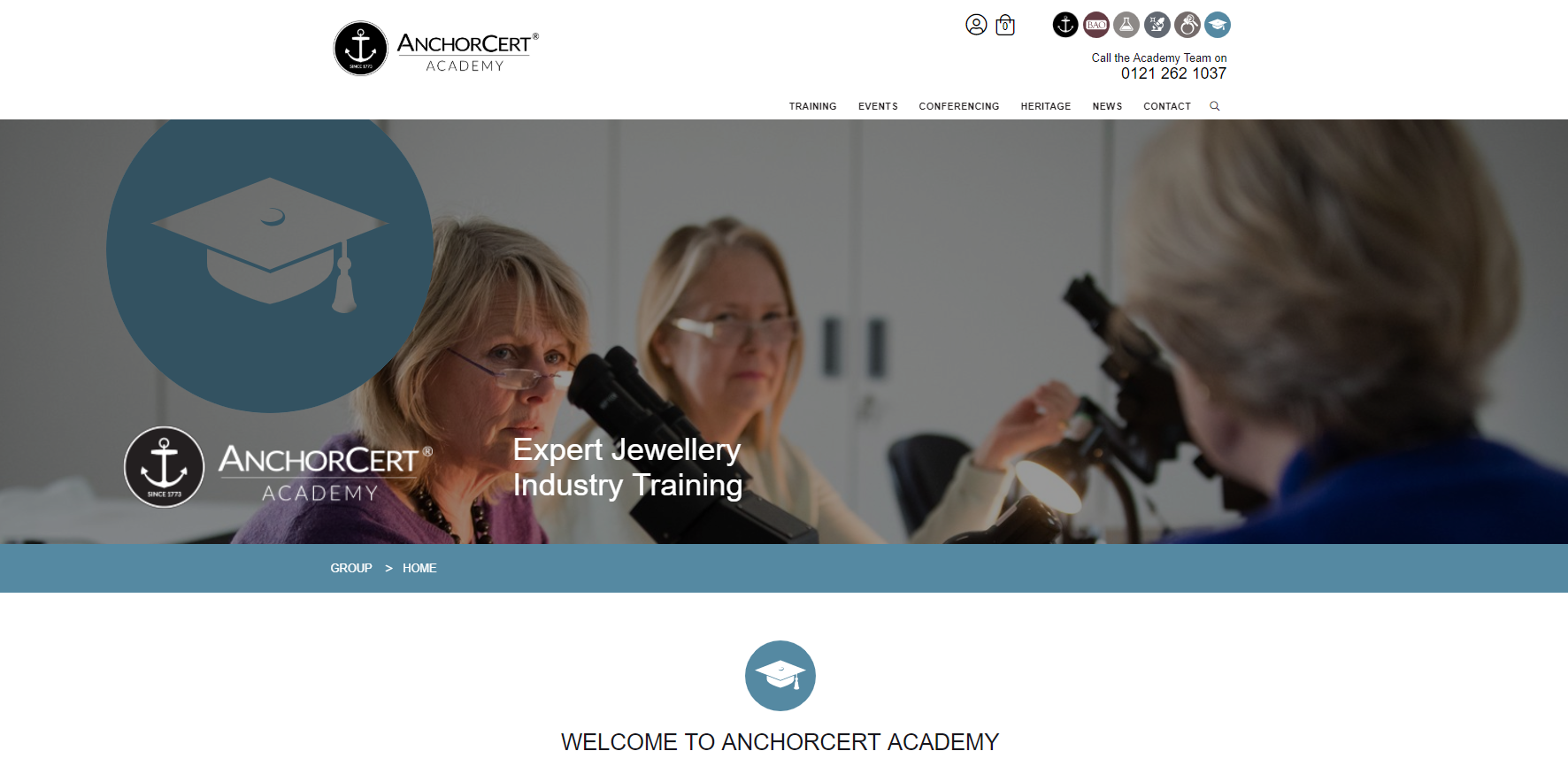Assay Office Birmingham - not just here for you for Christmas
- Send us your hallmarking all year round - Â
While gold is making a comeback, the most precious of the white metals, platinum, is still a firm bridal favourite, with hallmarking volumes holding steady, as Marion Wilson, sales and marketing director, Assay Office Birmingham(BAO) explains here: Platinum is still a newcomer to the
centuries old UK hallmarking system, having
required an independent hallmark only
since 1975. The new metal option made
a very slow entry into the market, taking
until 1985 to exceed just 20 hallmarked
units per year and remaining at between
8,000 to 10,000 for another decade until
1994. Since then platinum has been
successfully marketed as the ultimate
precious metal, particularly for the bridal
market. Emphasis on its rarity has built
valuable status, and jewellery sales have
proved relatively resilient during the
financial turmoil since 2008.
Platinum is still a newcomer to the
centuries old UK hallmarking system, having
required an independent hallmark only
since 1975. The new metal option made
a very slow entry into the market, taking
until 1985 to exceed just 20 hallmarked
units per year and remaining at between
8,000 to 10,000 for another decade until
1994. Since then platinum has been
successfully marketed as the ultimate
precious metal, particularly for the bridal
market. Emphasis on its rarity has built
valuable status, and jewellery sales have
proved relatively resilient during the
financial turmoil since 2008.
 Platinumâs performance was undoubtedly
assisted by the fashion trend for white
metal, and the continued marketing activity
of the Platinum Guild. It was also supported
by the reduced differential between the
price of platinum or white gold. Until 2008
platinum prices were around twice that of
gold which, added to the higher fineness â
950 parts per thousand for platinum
versus 750 parts per thousand for 18 carat
white gold â made it a significantly more
expensive option. The leap in gold prices
from 2008 onwards saw this gap narrow and
the price of fine gold eventually exceeded
that of platinum during 2011.
However, it is not all about price. Platinum
has the benefit of being significantly whiter
than white gold alloys; the perfect setting
for a high quality diamond. It does not need
plating to enhance it, so customer satisfaction
issues with regard to plating wearing off to
reveal a duller metal underneath, which are
often a problem with white gold, do not apply.
The chemical composition and structure of
platinum means that platinum alloys do not
tarnish and all these long-term wearability
factors add to its appeal.
Platinum continues to be the bridal metal
of choice â 257,000 platinum articles were
hallmarked in the UK in 2013. This represents
a 29 per cent drop in the 10 years since
2004, compared with a massive 83 per cent
drop in all gold volumes from 24.5m million
to 4.1m over the same period. Hallmarked
platinum units in the first half of 2014 show
a 1.5 per cent increase against the same
period of last year, showing that the white
metal is holding its ground despite the
resurgence of gold as the price drops.
Platinum trends from forecasting agency WGSN
The three key directions are:
⢠Luxury Archeology â emphasising craftsmanship, production skills, natural textures
and refinement. Interlocking, loops, delicate stone-set rings, cut-away effects.
⢠Sublime Nature â influences from the vitality and life from the natural world,
particularly the forms of plants and flowers. Garlands, plays on scale and proportion,
fluid shapes and curves
⢠Digital fantasy â skewed shapes and geometric forms inspired by virtual reality
and iPhones. Simplicity, graphic lines, mirror-like finishes unisex pieces. !
Platinumâs performance was undoubtedly
assisted by the fashion trend for white
metal, and the continued marketing activity
of the Platinum Guild. It was also supported
by the reduced differential between the
price of platinum or white gold. Until 2008
platinum prices were around twice that of
gold which, added to the higher fineness â
950 parts per thousand for platinum
versus 750 parts per thousand for 18 carat
white gold â made it a significantly more
expensive option. The leap in gold prices
from 2008 onwards saw this gap narrow and
the price of fine gold eventually exceeded
that of platinum during 2011.
However, it is not all about price. Platinum
has the benefit of being significantly whiter
than white gold alloys; the perfect setting
for a high quality diamond. It does not need
plating to enhance it, so customer satisfaction
issues with regard to plating wearing off to
reveal a duller metal underneath, which are
often a problem with white gold, do not apply.
The chemical composition and structure of
platinum means that platinum alloys do not
tarnish and all these long-term wearability
factors add to its appeal.
Platinum continues to be the bridal metal
of choice â 257,000 platinum articles were
hallmarked in the UK in 2013. This represents
a 29 per cent drop in the 10 years since
2004, compared with a massive 83 per cent
drop in all gold volumes from 24.5m million
to 4.1m over the same period. Hallmarked
platinum units in the first half of 2014 show
a 1.5 per cent increase against the same
period of last year, showing that the white
metal is holding its ground despite the
resurgence of gold as the price drops.
Platinum trends from forecasting agency WGSN
The three key directions are:
⢠Luxury Archeology â emphasising craftsmanship, production skills, natural textures
and refinement. Interlocking, loops, delicate stone-set rings, cut-away effects.
⢠Sublime Nature â influences from the vitality and life from the natural world,
particularly the forms of plants and flowers. Garlands, plays on scale and proportion,
fluid shapes and curves
⢠Digital fantasy â skewed shapes and geometric forms inspired by virtual reality
and iPhones. Simplicity, graphic lines, mirror-like finishes unisex pieces. !
Palladium potential
It may have taken a little while to take off, but palladium (part of the platinum group of elements, discovered in 1803 and named after the asteroid Pallas) is beginning to gain a little ground within the jewellery trade.
 Extract from The Jeweller - October 2014
Extract from The Jeweller - October 2014
Your item has been added to the basket
You need to create an account, or login before you can add this item to your basket.







